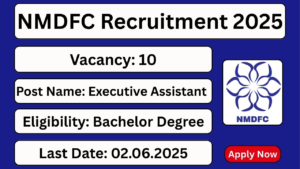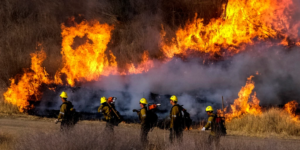“Avatar: The Last Airbender”: A Cultural Phenomenon
“Avatar: The Last Airbender” (ATLA) transcends its animated origins, leaving an indelible mark on viewers worldwide. Let’s explore how this show revolutionized children’s television through its representation of Asian cultures, empowering female characters, and nuanced portrayal of disabilities.

A World of Elemental Mastery
ATLA unfolds in a fictional realm divided into four elemental nations: Water, Earth, Fire, and Air. Benders within these nations can manipulate their respective elements. The Avatar, Aang, bridges the spirit world and reality, tasked with restoring balance after a century-long slumber.
Cultural Inspirations
- Water Tribes: Echoes of Inuit and Yupik Traditions
- The Water Tribes draw from Inuit and Yupik cultures. Their practical clothing, crafted from animal skins and fur, mirrors indigenous attire. Waterbending, akin to Chinese tai chi, embodies fluidity and adaptability.
- Spiritual practices, like the moon and ocean spirits (Tui and La), resonate with Chinese Yin and Yang legends.
- Earth Kingdom: Shades of Ancient China
- Ba Sing Se, the Earth Kingdom’s capital, evokes Beijing and the Forbidden City. Its authoritarian government reflects aspects of the Ming Dynasty and communist revolution.
- Earth Kingdom cuisine, featuring roast duck and jook, pays homage to Chinese culinary traditions.
- Fire Nation: Fusion of Japanese and Polynesian Elements
- The Fire Nation blends Japanese aesthetics (kimonos, haori jackets) with Polynesian influences (catamaran-like ships). Firebending’s aggression contrasts waterbending’s fluidity.
- The Fire Lord’s imperial ambitions parallel Japan’s historical expansionism.
- Air Nomads: Spiritual Roots and Tibetan Influences
- The Air Nomads, tragically wiped out, draw from Tibetan culture. Aang’s robes resemble those of Tibetan monks.
- Airbending, inspired by tai chi and Baguazhang, emphasizes freedom and interconnectedness.
Empowering Female Characters
ATLA defies stereotypes with its strong female leads:
- Katara: A compassionate waterbender and natural leader.
- Toph: A blind earthbender who pioneers metalbending.
- Azula: A multifaceted antagonist with formidable firebending skills.
Challenging Perceptions of Disability
- Teo: A disabled character who invents a glider for flight.
- Professor Zei: A blind historian who values knowledge over sight.
- Iroh: A former Fire Nation general who finds wisdom and redemption.
Themes of Love, Redemption, and Honor
Zuko’s transformation from conflicted prince to redeemed hero exemplifies ATLA’s exploration of love, duty, and honor. His journey transcends seeking approval from his father, revealing that true honor lies in compassion and justice.
In summary, “Avatar: The Last Airbender” isn’t just entertainment; it’s a cultural touchstone. Its rich representation, memorable characters, and timeless themes continue to resonate across generations.











Thanks for recommending.definately going to see it.
You’re welcome, we will keep updating new content, stay posted!
With Gratitude, Team Unpause Yourself